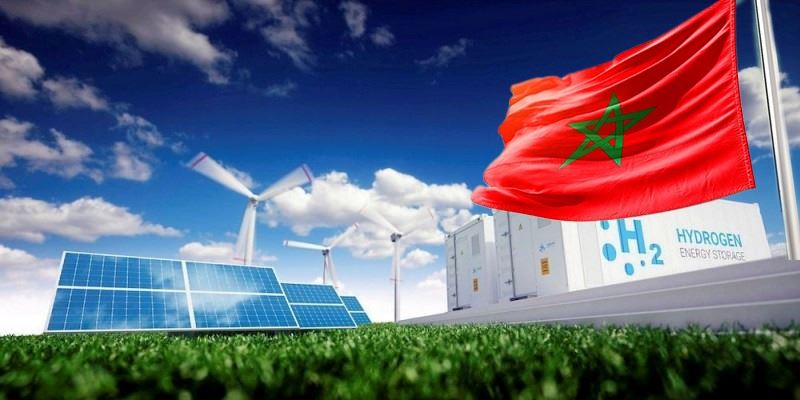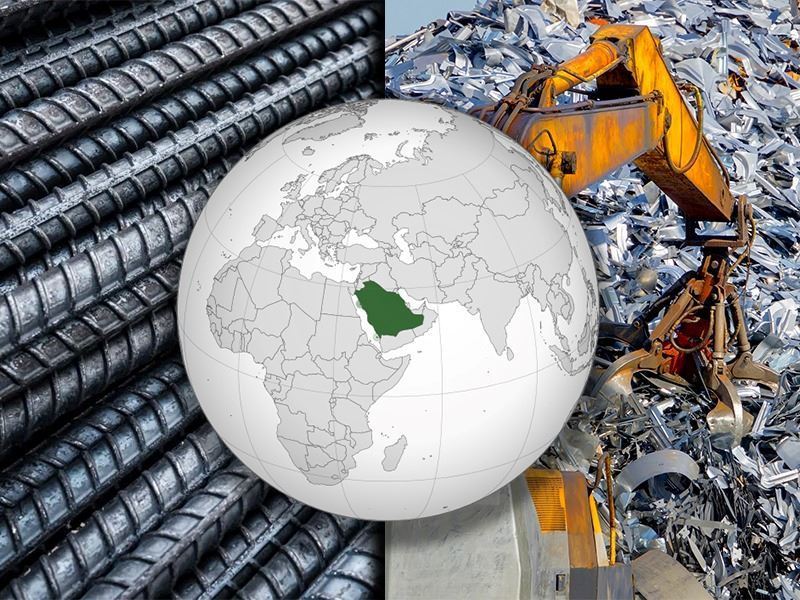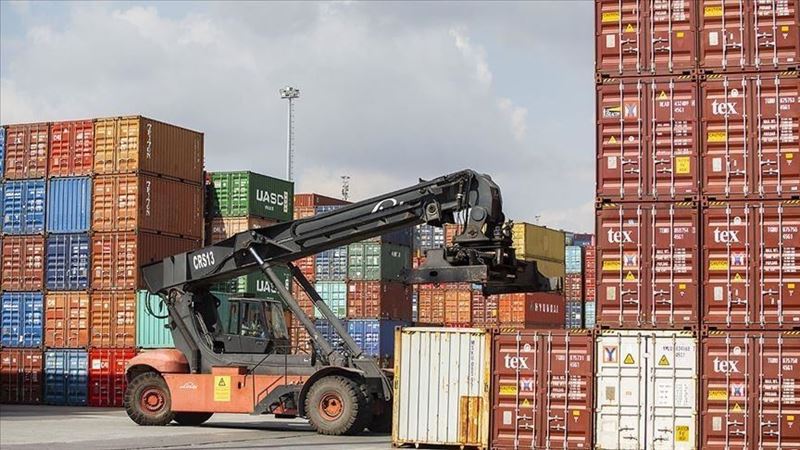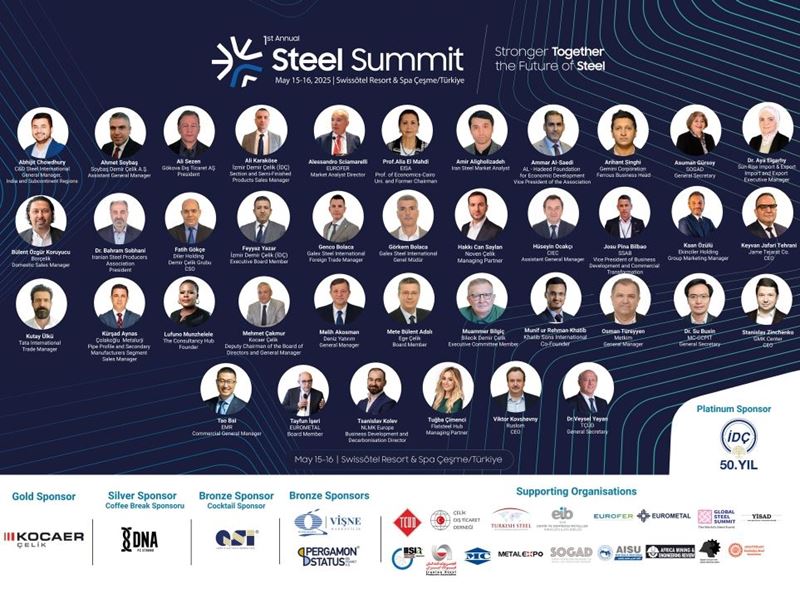Morocco has emerged as a promising contender in the race to supply low-cost green hydrogen to Europe. North Africa, with abundant solar and wind resources and proximity to Spain for pipeline connection, aims to dominate the green energy market. However, several hurdles stand in the way of realizing this potential.
Ambitious Goals: By 2030, the country aims to produce 4 terawatt-hours (TWh) of hydrogen for domestic use and an additional 10 TWh for export. This strategy aligns with Morocco’s national hydrogen vision, unveiled in 2021, which capitalizes on the country’s renewable energy potential.
EU Collaboration: The European Union recognizes North Africa, including Morocco, as a hub for hydrogen production. With a goal of importing 10 million tonnes of renewable hydrogen annually by 2030, the EU has signed agreements with Morocco to collaborate on regulatory frameworks and finance production and export infrastructure.
Cost Advantage: Proponents argue that Morocco can deliver hydrogen to Europe more affordably than many European regions. Its world-class solar and wind resources contribute to cost efficiency. Additionally, its proximity to Spain allows for a pipeline connection, a cheaper transport method compared to shipping hydrogen over long distances.
Pipeline: Despite these advantages, analysts debate whether Morocco’s production cost edge will offset the expense of constructing an underwater hydrogen pipeline to Spain. As of now, no formal agreements exist between the two countries regarding this critical infrastructure.
Domestic Demand: While export projects face uncertainties, Morocco benefits from potential domestic green hydrogen demand. The OCP Group, a major fertilizer producer, plans to invest $8.5 billion in green hydrogen and ammonia production.











Comments
No comment yet.